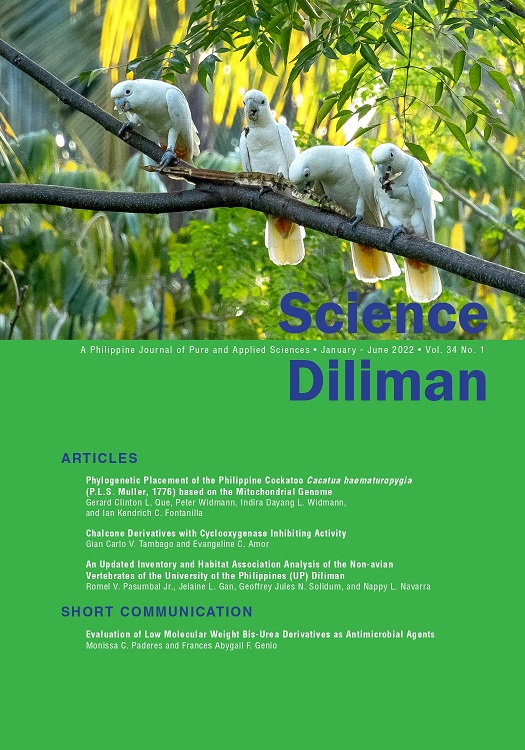Evaluation of Low Molecular Weight Bis-Urea Derivatives as Antimicrobial Agents
Abstract
Antibiotic resistance against common microbes is an ongoing concern worldwide. This warrants continuous studies that aim to discover new compounds with antimicrobial properties. In this study, sixteen low molecular weight bis-urea derivatives were screened for their in vitro antimicrobial properties using agar well diffusion method. The structure of the bis-urea compounds is comprised of cyclic and aromatic linkers and a variety of symmetric end groups such as aliphatic chains and heteroaromatic groups. Significant antimicrobial activity against strains of Escherichia coli, Staphylococcus aureus, and Klebsiella pneumoniae was observed for compounds with long aliphatic chains compared to those with benzyl and heteroaromatic end groups. Further studies on the minimum inhibitory concentration and cytotoxicity can aid in the development of these compounds as antimicrobial agents as well as for other possible biomedical and environmental applications.



